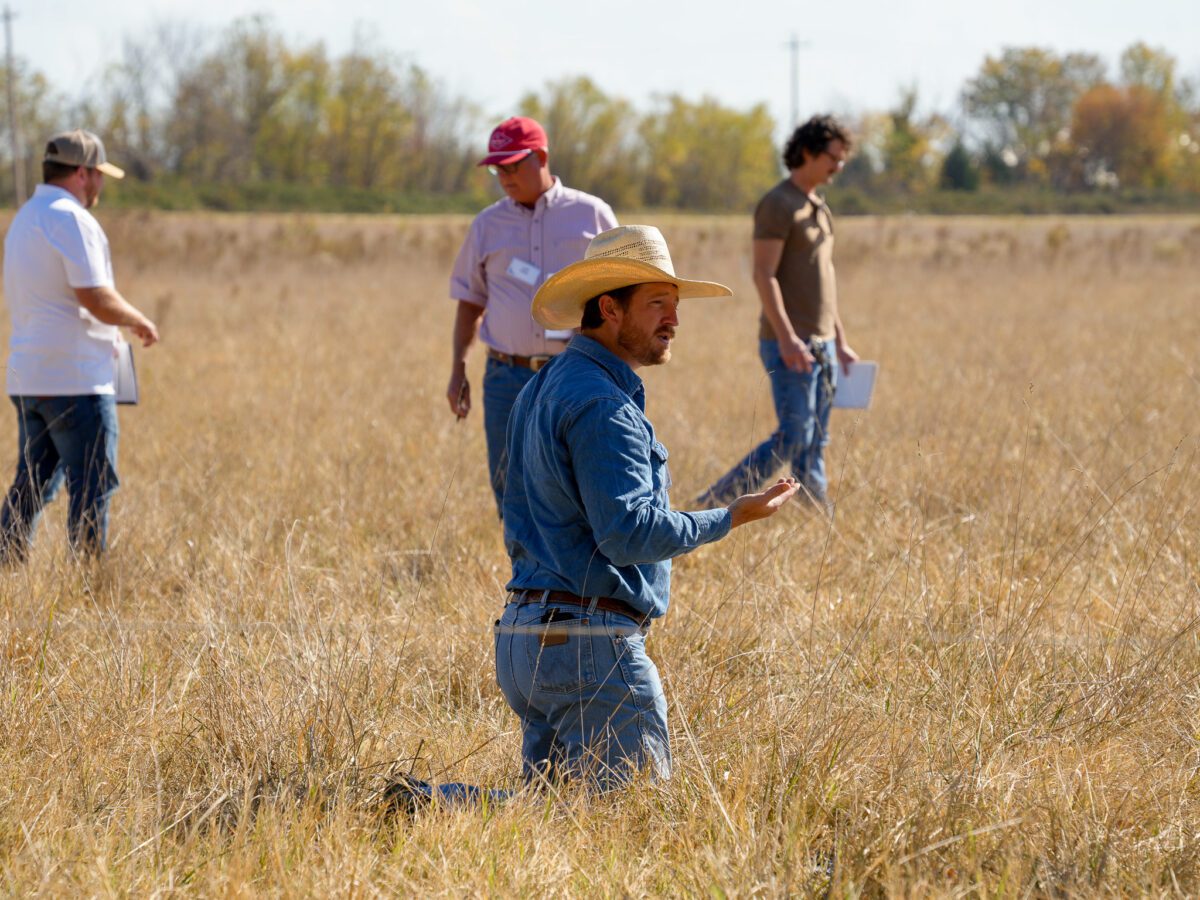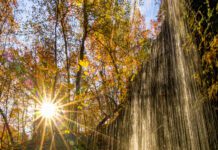The Oklahoma Conservation Commission (OCC) aims to conserve, protect and restore Oklahoma’s natural resources, working in collaboration with the conservation districts and other partners on behalf of the citizens of Oklahoma. The OCC is a non-regulatory agency dedicated to voluntary, locally led conservation initiatives, says Justine Anderson, the commission’s public information manager.
“Through a common-sense approach, the OCC focuses on protecting Oklahoma’s natural resources, like habitats, air, soil and water resources,” she says.
An average day at OCC varies significantly depending on the employee, she says.
“Many of our employees interact with landowners every day to help address their conservation concerns,” Anderson says. “We want the public to view us as a resource for helping them bring conservation to their land, no matter how big or small. You’ll often catch us at various events throughout the state, educating people about the different impacts you can make on our state’s resources.”
The OCC supports our state’s 84 conservation districts in the ever-increasing demand for responsible care of Oklahoma’s natural resources.

“Conservation districts are the primary local unit of government responsible for the conservation of renewable natural resources in Oklahoma,” says Anderson. “In close collaboration with local landowners, local government units and other agencies, they help provide resources and technical and financial assistance for things like controlling and preventing soil erosion, preventing impairments of dams and reservoirs to prevent damage from flooding, preserving and promoting native vegetation, and more.”
She continues: “The Oklahoma Conservation Commission is filled with people who are passionate about conserving the natural resources of Oklahoma.”
These people range from researchers and practitioners to implementers and advocates, who are passionate about providing technical and financial assistance, accurate data and engaging educational experiences – all with the common goal to conserve the renewable natural resources of our state and help fill the conservation advocacy pipeline.
“They do so through things like educating landowners about sustainable farming best practices, like no-till farming, and identifying, prioritizing and managing waters in Oklahoma impacted by non-point source pollution, such as sediment, nutrients and animal waste,” says Anderson. “And also by providing and implementing cost-share programs for landowners who install conservation structures, engage in conservation practices or best management practices on their land; assisting landowners with concerns about invasive species; or developing conservation and nutrient management plans that address resource concerns of Oklahoma landowners.”























